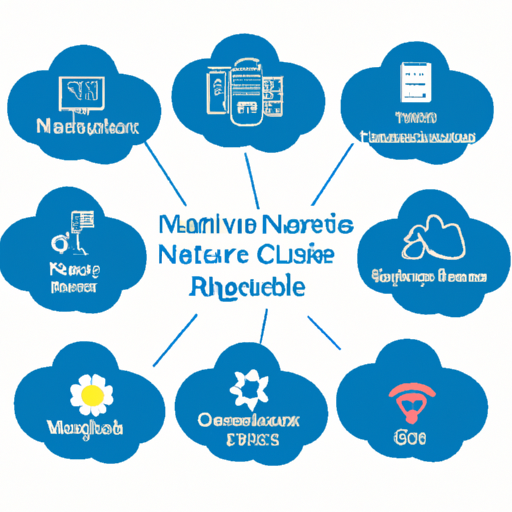In today’s ever-evolving digital landscape, virtual collaboration tools have become essential for remote teams striving to maintain productivity and effective communication. With many companies adopting flexible work-from-home policies, finding the right tools can make all the difference in team performance. Below, we explore some of the best virtual collaboration tools that can elevate your team’s workflow.
1. Slack
Slack is a powerful messaging app designed for teams. Its user-friendly interface allows you to create channels for different projects or topics, making it easier to keep organized communication. With integrations for various apps and easy file sharing, Slack remains a go-to for team communication.
2. Microsoft Teams
Microsoft Teams is ideal for organizations already using Microsoft 365. It combines chat, video conferencing, and file collaboration in one platform. Teams enables seamless project collaboration and integrates well with other Microsoft applications.
3. Trello
Trello is a visual project management tool that helps teams organize tasks using boards, lists, and cards. It’s especially useful for teams needing a clear overview of project progress and tasks. Trello’s flexibility allows you to customize workflows to suit your team’s requirements.
4. Zoom
Zoom has transformed virtual meetings with its high-quality video and audio capabilities. With features like breakout rooms and screen sharing, it’s perfect for conducting team meetings, webinars, and collaborative sessions, effectively replacing traditional in-person gatherings.
5. Asana
Asana is another popular project management tool that helps teams track their work and meet deadlines. With customizable dashboards and task assignments, it helps ensure that everyone stays aligned and that projects are completed on time.
6. Miro
Miro is an online collaborative whiteboard platform that allows teams to brainstorm and visualize ideas together in real-time. It’s ideal for creative sessions, allowing users to add sticky notes, upload files, and create diagrams.
7. Google Workspace
Google Workspace (formerly known as G Suite) provides a suite of productivity tools including Google Docs, Sheets, and Drive for collaborative document editing. It is particularly beneficial for teams looking to work simultaneously and track changes in real-time.
Conclusion
Choosing the right virtual collaboration tools can greatly enhance your remote team’s communication and overall productivity. By leveraging these tools, you can create a more cohesive and efficient work environment, regardless of where your team members are located. Experiment with different tools and find the combination that best fits your team’s needs, facilitating better collaboration and project success.
If you found this list useful, share your favorite collaboration tools in the comments below!













